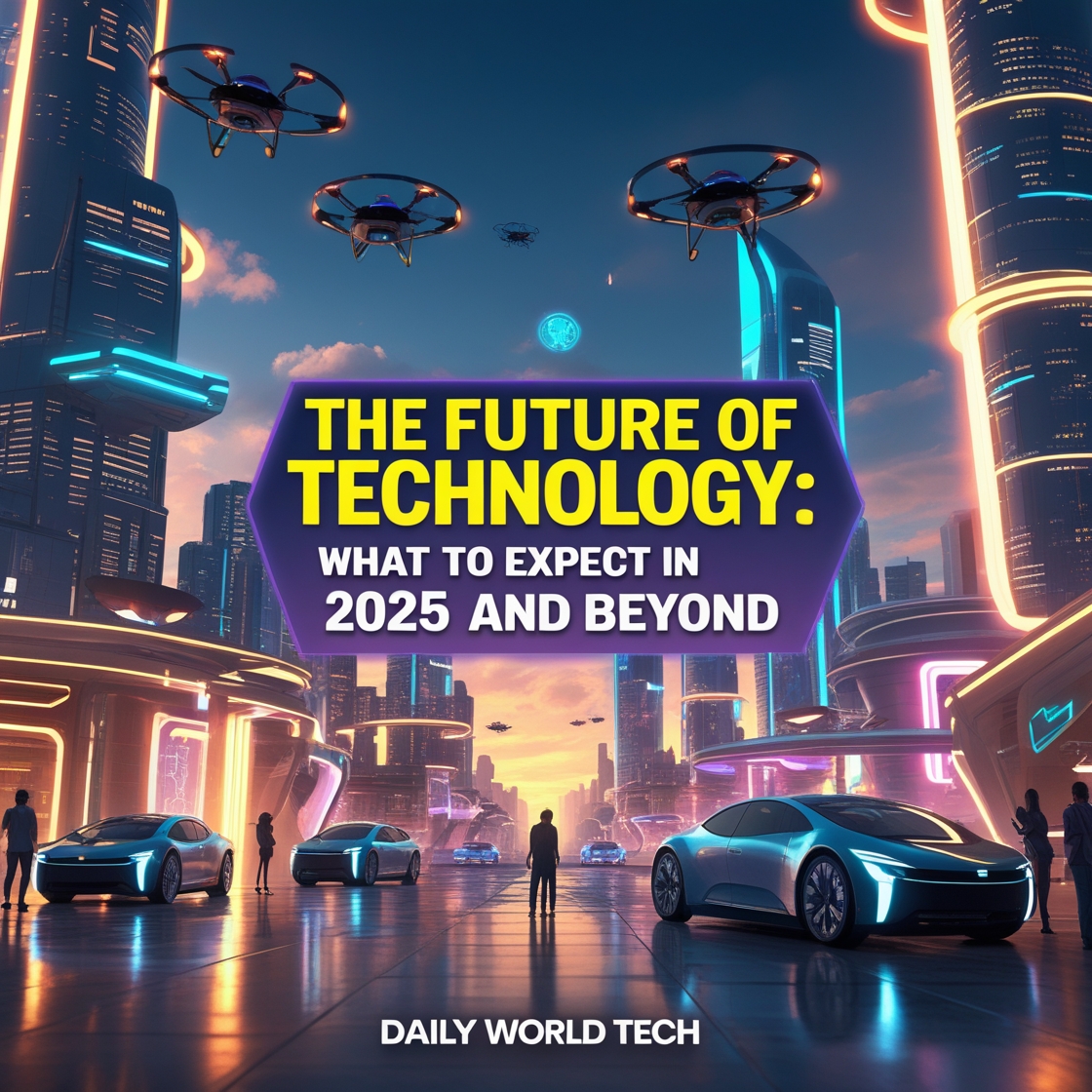Cloud computing has been a game changer to how people, companies, and governments become operational in the world of the digital era. It has already become the invisible force behind more and more services, helping to innovate fast, operate efficiently and scale to enormous proportions.
As we enter further into the 21st century, cloud computing keeps reinventing how things can be done in computing, communicating, or collaborating. In this blog, we shall also take a look at how cloud computing is disrupting different industries, making them more productive and leading to all round digitalization of the globe.
What Is Cloud Computing?
Cloud computing is the term cloud computing refers to the provision of computing services, including servers, storage, databases, networking, software, analytics, and intelligence over the internet. Instead of operating data canters and other physical servers, businesses can rent access to anything up and including an application to storage through a cloud service provider such as:
- Amazon Web Services (AWS)
- Microsoft Azure
- Google Cloud Platform (GCP)
The essence is this: Rather than invest in a physical IT infrastructure and incur his own IT budgets, the customer now accesses the computing power on need basis through the internet and pays only what he consumes.
Important Features of Cloud Computing
- On-demand self-service: The users are able to get the resources as and when they require.
- Wide net access: Service is provided on the network and can be accessed in the normal channels.
- Resource pooling: Multi-clients will share common resources in a secure manner.
- Quick elasticity: Resources are able to grow and shrink fast.
- Measured service: Service used is tracked, managed and reported to be transparent.
Types of Cloud Computing
Cloud computing service models are of three main types:
- Infrastructure as a Service (IaaS)
Offers virtualized resources of computing through the internet. Examples are Amazon EC2, and MS Azure VMs. - Platform as a Service (PaaS)
Provides a platform where customers are able to create, execute and administrate applications. These examples are Google App Engine, Heroku. - Software as a Service (SaaS)
Lobbies do software applications through internet, on a subscription basis. Such examples are Gmail, Microsoft 365, Dropbox.
There is public cloud, private cloud, and hybrid cloud — each can serve a particular use case and has its own advantages especially.

Business Digital Game Changer: Cloud Computing
The businesses of today exist heavily dependent on cloud computing to ensure they get their operations running. The following is how the cloud is driving present day business world:
- Flexibility and Scalability
Companies can scale their infrastructure up/down according to the demand without necessarily buying expensive hardware. This provides it with significant value especially when launching a product, in occasion of a campaign, or seasons of high demand. - Cost Efficiency
Computing in the cloud negates the capital cost of purchasing hardware and software and establishing and operating on-site data centers. Businesses should pay as they use so that they do not incur unnecessary expenses. - Improved Collaboration
Online applications such as Google Workspace, Microsoft Teams, and Slack make real-time collaboration efficient and provide better connectivity and collaboration between working teams across their locations. - Enablement of Remote Work
According to the post-pandemic world, such work became remote for most companies. Through cloud computing, workers are now able to access firm information, applications, and communication networks anywhere in the globe. - Data Backup and Disaster Recovery (DR)
Backup and disaster recovery services are highly available through the cloud providers. In the event of a hardware breakdown or cybercrimes, the business will experience low downtime as the data could be restored promptly.

Cloud Computing in Healthcare
The healthcare sector has greatly improved using the cloud to ensure better patient care and effective management of data.
- Electronic Health Records (EHR)
On the cloud, the hospitals and clinics are able to store, manage, and share the patient records in a safe way. This makes it easier and with minimal paperwork. - Telemedicine
This has made cloud computing support telemedicine platforms to undertake video consultation, manage patients’ data and connect with other platforms without difficulties. - Medical Research
The cloud allows researchers to run simulations, parse enormous data volumes, and work in international real-time collaboration. This accelerates the process of developing vaccines, genetic analysis, as well as drug discovery. - Regulatory Compliance
Large cloud providers could provide the adherence to health regulations such as HIPAA, which helps one to ensure that the sensitive data of the patients remains safe.

Cloud Computing in Education
Education is transitioning towards a digital transformation and the cloud lies at the core.
- E-Learning Platforms
Many services, such as Google Classroom, Zoom, or Moodle, have cloud infrastructure behind them and serve millions of students at a time. - Resources Access
Cloud-based systems allow students and instructors to have access to education materials, deliver assignments, and work on projects at any time and place. - Institutional Scalability
IT infrastructures in universities and schools may be adjusted to student enrolments and utilization without having to spend massive or overwhelming amounts of money. - Analytics Learning
Analytics software that is cloud-based will enable the educators to monitor the students, offer a customized experience, as well as intervene where need be.
Cloud Computing in Government and Public Sector
Contingencies around the world are adopting cloud computing to achieve efficiency and improved services to the citizens.
- Smart Cities
Cloud computing aids smart city infrastructures, such as traffic control and waste disposal, with real-time data processing and analysis. - Emergencies and Disaster Response
Data analysis, coordination of response activities, and citizen outreach are some of the civilian uses of the cloud platform by emergency agencies. - Citizen Services
Cloud-based government portals can be used to submit taxes, make ID applications, and other procedures that keep paperwork to a minimum and ensure better service delivery. - Cost Reduction
The role of cloud in governmental saving power: by adopting cloud, the governments have been in a position to reduce the IT budget and enhance innovation and reliability of services.
Cloud Computing in the Financial Sector
The financial sector is one domain that can benefit extensively by using Cloud Computing.
Cloud computing is helping the financial institutions remain competitive, safe, and dynamic.
- Secure Transactions
To guarantee secure use of the internet to conduct business transactions, cloud providers have put in place powerful encryption, fraud detection, and security procedures. - RegTech and Compliance
RegTech solutions cloud-based provide a convenient solution because they allow banks and fintech companies to automate the processes of compliance, risk monitoring, and data governance. - Connection between Big Data and AI
Cloud-based infrastructure allows banks to handle a vast amount of data and make accurate predictions, customize offerings, and make smarter lending decisions. - Fintech Innovation
Fintech startups use cloud platforms in developing and implementing scaled applications such as mobile banking, electronic wallets, and investing platforms.
Cloud Computing and Artificial Intelligence (AI)
Cloud and AI work hand-in-hand, and they are leading the next level of intelligent applications.
- MLaaS – Machine Learning as a Service
Some of the major cloud vendors such as AWS, Azure and GCP provide AI services, such as image recognition, natural language processing, and predictive analytics, which can be easily leveraged by businesses. - AI-Powered Automation
Cloud computing helps AI to run the everyday business activities, including doing chatbots to optimize the supply chain. - Information-based Decision Making
Cloud-based AI tools can help organizations analyze the insights they have by using large data sets, mining trends, and making sound judgments.
Cloud Computing and Cybersecurity
With increased connectivity in the world, cloud computing has become significant in securing sensitive information.
- In-family Security Features
Compared to internal solutions, data menaces are lower since most cloud services are integrated with firewall, encryption and access control. - Unified Security Administration
A centralized dashboard allows organizations to monitor, manage, and update their security settings hence decreasing human error. - Real-Time Threat Detection
Cloud platforms apply AI to identify suspicious activity in real time as well promptly activation of alerts or denying access. - Compliance Support
Cloud vendors guarantee such regulations as GDPR, PCI-DSS, and ISO, which prevents businesses with fines.
Cloud Computing in Entertainment and Media
The cloud industry becomes significant in the entertainment sector since it is used to design, store, and distribute material.
- Streaming Services
Netflix, YouTube, and Spotify platforms rely on the cloud to stream heavily on high-quality content serving millions of users without starts and stops. - Game Development and Serving
Cloud infrastructure allows game developers to design extensive multiplayer games with global access and real-time update. - Post-Production Collaboration
With cloud tools, editors, sound design artists and VFX artists are able to collaborate in real-time on the same media files by being in different locations. - Content Distribution
CDNs deployed in the cloud area enable content delivery to reach viewers around the world fast and with efficiency.
Environmental Sustainability and Cloud Computing
The sustainability of the environment attributed to cloud computing promotes the reuse of resources as well as miniaturization of carbon footprints.
- Energy Efficiency
The biggest cloud operators maintain very efficient data centers with superior cooling energy saving provisions. - Less Wastage on Hardware
Through the shared cloud infrastructure, the organizations reduce using the physical hardware, hence reduced electronic trash. - Teleworking
Cloud computing eliminates the commuting and office infrastructure that results in smaller emissions. - Green Cloud Initiatives
Other providers such as Google and Microsoft are engaging also in renewable energy sources and want to become carbon neutral in their operations.











